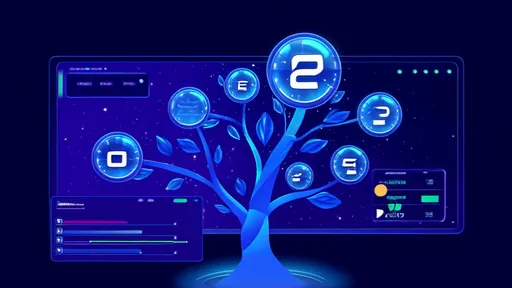The landscape of narrative design tools has evolved dramatically in recent years, particularly for creators working with branching storylines. As interactive media grows more sophisticated, writers and game developers increasingly require specialized software to manage complex narrative structures. This evaluation explores several leading branching narrative script management tools, examining their strengths, limitations, and ideal use cases.
Branching narrative tools have become essential for modern storytellers working in games, interactive fiction, and even some linear media that benefit from non-linear planning. Unlike traditional screenwriting software, these specialized platforms allow creators to visualize and manage multiple story paths, character arcs, and decision points within a single cohesive interface. The ability to track variables, manage conditional logic, and maintain consistency across branching narratives separates these tools from conventional writing software.
One standout in this category is Twine, an open-source tool beloved by interactive fiction creators for its simplicity and flexibility. Twine represents narratives as clickable flowcharts where each passage connects to others, creating a web of possible story paths. While its visual presentation appears deceptively simple, Twine supports advanced features through its Harlowe and SugarCube story formats, including variables, conditional logic, and even basic JavaScript integration. The tool's accessibility makes it particularly popular among indie developers and writers experimenting with non-linear storytelling for the first time.
For professional game development teams, Articy:Draft offers a more robust solution with enterprise-level features. This comprehensive narrative design platform provides not only branching story management but also integrated dialogue systems, character databases, and project version control. Articy's visual interface allows designers to create complex narrative graphs while maintaining a clear overview of the entire story structure. The software's ability to export directly to game engines like Unity makes it particularly valuable for production pipelines, though its steep learning curve may deter casual users.
Emerging as a strong middle ground between simplicity and professional features, Yarn Spinner has gained traction among narrative designers working with Unity projects. Originally developed for the acclaimed game Night in the Woods, Yarn Spinner uses a simple scripting language that focuses on dialogue trees while supporting variables and conditional branching. The tool's clean syntax and seamless Unity integration make it accessible to writers with some technical inclination, though its text-based approach lacks the visual mapping capabilities of tools like Twine or Articy.
The evaluation reveals that no single tool perfectly serves all branching narrative needs. Twine excels for rapid prototyping and indie projects but lacks team collaboration features. Articy:Draft provides professional-grade functionality at the cost of complexity and price. Yarn Spinner offers excellent technical integration but requires comfort with code-like syntax. Each tool reflects different philosophies about how narrative branching should be conceptualized and implemented, from visual flowchart approaches to more programmatic methods.
Beyond these established options, newer cloud-based solutions like Storyline Creator are attempting to combine branching narrative management with real-time collaboration features. These web-based tools promise accessibility across devices and easier team workflows, though they often lack the depth of standalone applications. The evolution of these platforms suggests a future where branching narrative tools may become as standardized and essential as traditional screenwriting software, potentially integrating AI-assisted story consistency checks and automated path testing.
As interactive storytelling continues to grow across games, education, and experimental media, the demand for sophisticated branching narrative tools will only increase. The current generation of software already provides powerful solutions for managing narrative complexity, though creators must carefully match tools to their specific needs, technical capabilities, and collaborative requirements. What remains clear is that the days of managing branching stories through spreadsheets or physical index cards are fading fast, replaced by specialized digital environments designed for the unique challenges of non-linear storytelling.

By /Jul 29, 2025

By /Jul 29, 2025

By /Jul 29, 2025

By /Jul 29, 2025

By /Jul 29, 2025

By /Jul 29, 2025

By /Jul 29, 2025

By /Jul 29, 2025

By /Jul 29, 2025

By /Jul 29, 2025

By /Jul 29, 2025

By /Jul 29, 2025

By /Jul 29, 2025

By /Jul 29, 2025

By /Jul 29, 2025

By /Jul 29, 2025

By /Jul 29, 2025

By /Jul 29, 2025